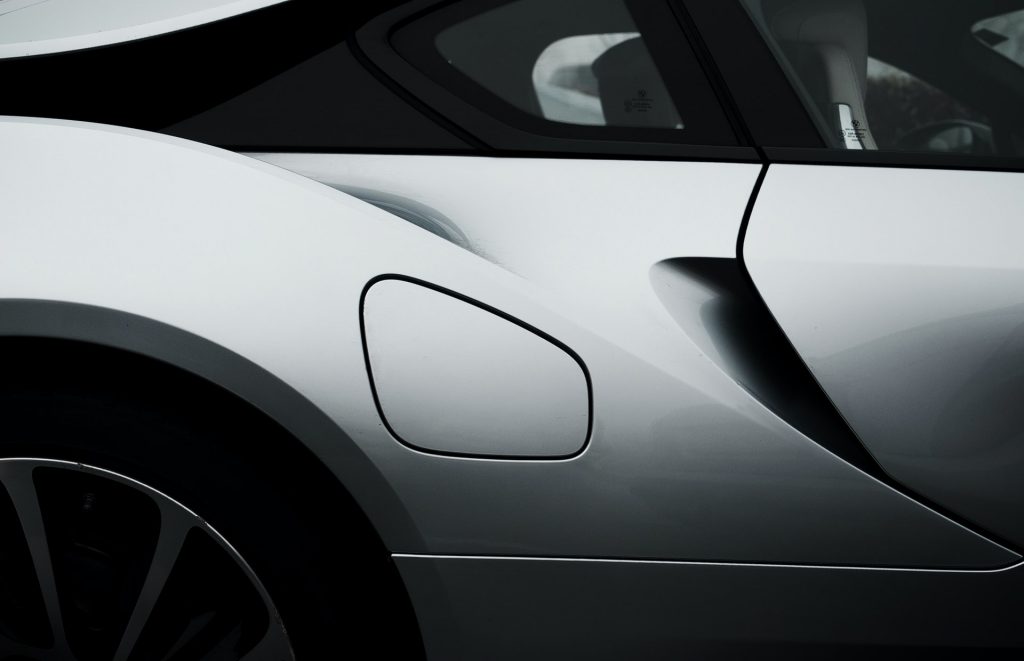
Infotainment system in car – the future of the automotive market. That’s why:
Table of Contents
Infotainment system in cars is a part of the market which has recently developed very strongly. Different manufacturers implement different solutions that fit this direction – but it is worth knowing that this is only the beginning of their path. Real revolutions in the field of such systems are yet to come.
It is worth adding that infotainment systems in cars have not been developed in recent years. The manufacturers of passenger cars have tried to place them in their products for a very, very long time. Actually, the first systems that can be called protplasts of today’s coherent infotainment platforms appeared as early as in the eighties, when many manufacturers experimented with digital displays instead of clocks or even with… Touchscreens installed in CRT displays. In addition, many conceptual models of passenger cars contained many ideas for an infotainment system: passengers could enjoy digital television and on-board movie playback, and the driver had constant access to information on road conditions and the most optimal way to the destination.
Of course, all these concepts were based on current technological developments at the time. Hence, it is not difficult to find in old show models e.g. VCRs, from which movies were to be played, or large, unwieldy antennas for receiving digital / analog TV. Today, some of these ideas are widely used in the automotive industry, but they are already very mature – ideas that are not problematic to use and that are compatible, for example, with the media and technologies that are used today. Permanent connection of the vehicle to the Internet, the possibility of connecting USB drives are just two examples of the many possibilities of current passenger cars.
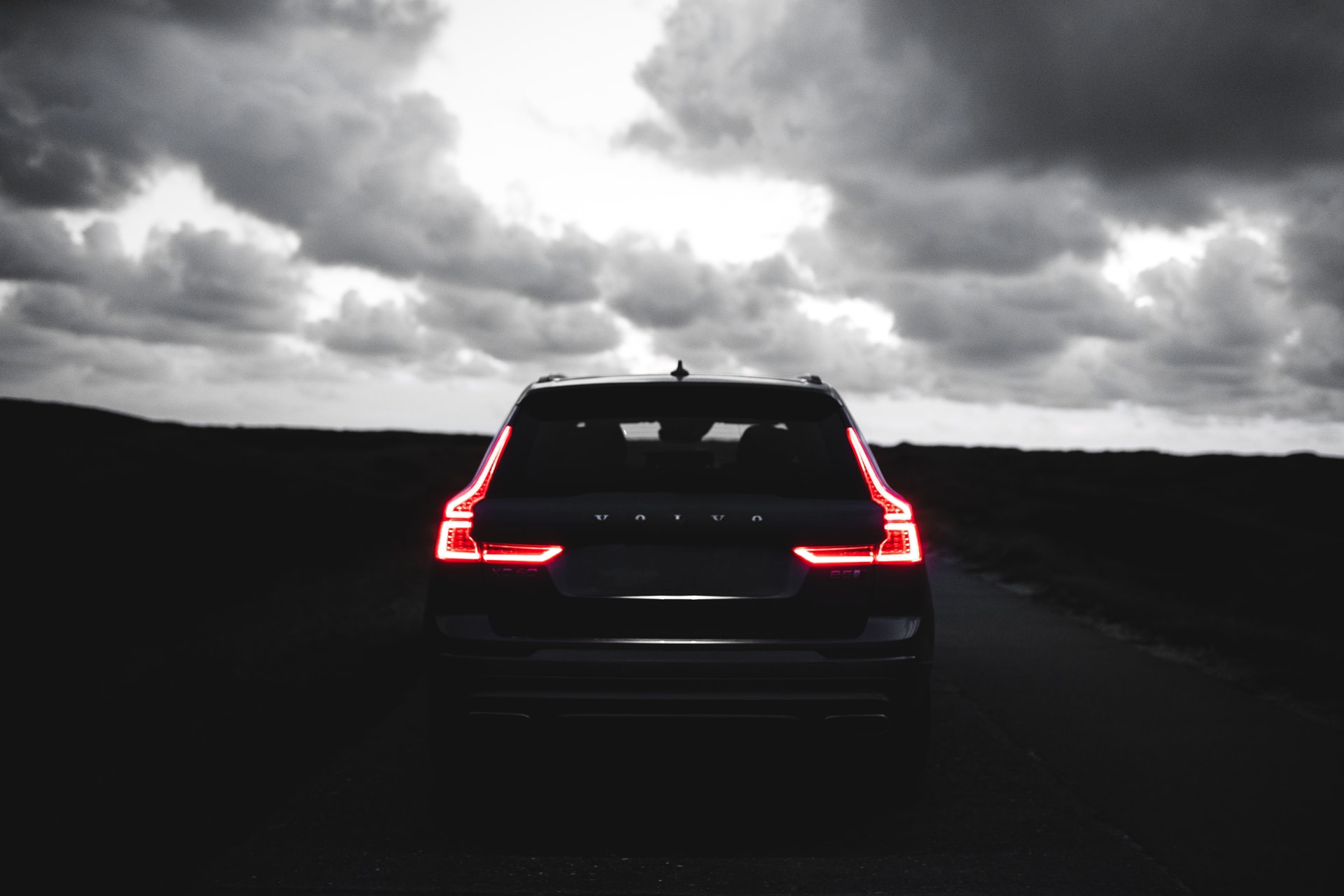 “Infotainment” in very, very old cars
“Infotainment” in very, very old cars
Oldsmobile Troféo was launched in 1987. It was simply an athletic version of the 4th generation Toronado (manufactured since 1985). This “sportiness” consisted mainly in stiffening the suspension and offering leather upholstery as standard. Since 1989, Troféo has become a separate name for the model (the “Toronado” has disappeared from the car), but in technical terms the cars were essentially identical. Touch control appeared as an option in Troféo a year later. The new screen allowed, among other things, to change the settings of the air conditioning and audio system, and there was also something noisy called the navigation system built in – in practice, most of the cars were simply about the compass and the on-board computer.
Touch screens in cars are ubiquitous today, although the beginnings were quite difficult and coarse. The trails were wiped by the Buick, which installed the first 9-inch touch screen in the Riviera model, produced between 1986 and 1993. It allowed to control the temperature and audio system. The screen also displayed basic engine parameters. It is worth adding that this touch panel was paired with the CRT display, which is absolutely unthinkable today. Cathode ray tubes were already gone a decade ago and modern companies no longer observe cathode ray tube monitors. And this is what we are dealing with with such cars as Oldsmobile and Buick – interestingly, the use of such technologies was not particularly problematic (however, it was expensive for customers buying such cars). Nevertheless, in those years touch screens in passenger cars were not completely adopted due to their low usability and the fact that they were not the most convenient solution. Anyway, a similar problem is observed today in passenger cars.
The problem is that transferring all car functions to touch screen platforms is not fully convenient. Yes, it is a spectacular solution that looks elegant and prestigious. However, users are not entirely satisfied with such an approach of automotive companies – it turns out that in order to change air conditioning settings, one needs to take one’s eyes off the road and see if one chooses the right setting on a large touch screen. In fact, it was much more convenient to press a button or turn the physical knob on the A/C panel. A similar problem was considered in Germany, where the driver was fined for… Using the touchscreen system in the car while driving. The German justice system treated this platform as a cell phone that cannot be used while the car is moving. After receiving the mandate, the German court upheld the penalty, which triggered extensive discussions on the use of touchscreens in passenger cars. Many journalists are wondering whether this is really the direction that should be maintained in the automotive industry.
One Tesla driver, trying to set the wipers of his car through the touchscreen, fell off the road and caused an accident. The Karlsruhe State Higher Court treated this distraction as if the driver was using a telephone while driving: he punished him with a fine of 200 euros and took his driving license away for a month.
Among other things, the StVO’s Code of German Road Traffic, §23 Section 1a, states that a driver may only take his eyes off the road if the traffic situation and visibility allow it, and only for a “short time. (which is subject to interpretation). The court found that the distraction caused by operating the wipers on the screen lasted too long and was the direct cause of the accident. The Karlsruhe Higher National Court thus upheld the decision of the lower courts, and the driver exhausted the appeal possibilities – he has to pay 200 euros of fine and give up his driving license for a month, and also cover the court costs.
This is quite a controversial verdict, which confuses the automotive industry and the related direction in infotainment system. For years the situation of touch screens in passenger cars has not been legally systematized – such jurisprudence (all the more so because it was published in a country with long automotive tradition…). indicates that in the nearest future there may be a lot of changes in the scope of infotainment system. Are we dealing with the return of physical buttons to operate some car functions?
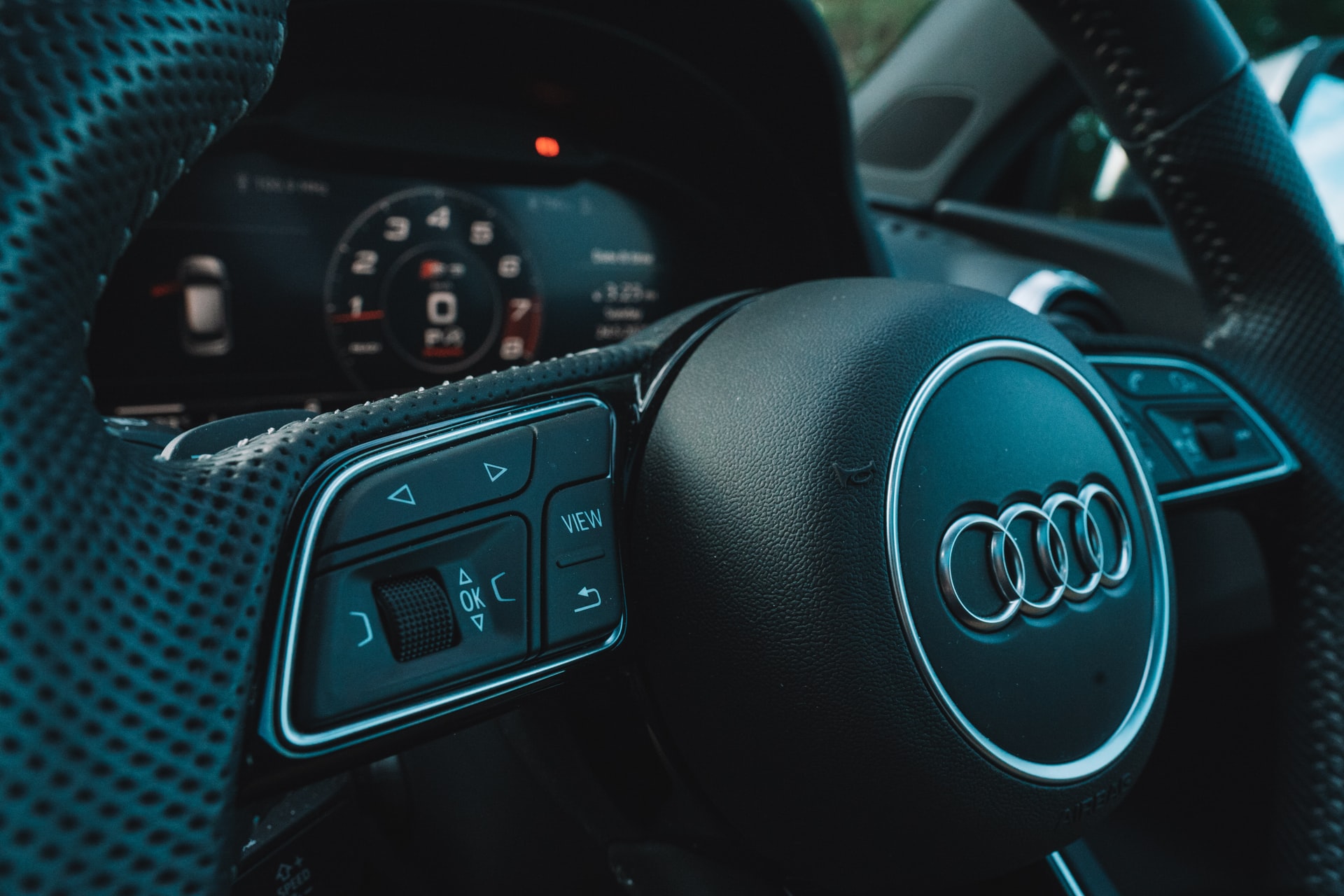 Such switches can also be integrated with an infotainment system. In a similar vein, they create a… Mazda, which despite the trends on the automotive market, does not give up on the knobs and physical buttons. Yes, users of these cars can find beautiful, touch panels on the dashboard, but these are complemented by traditional switches. Such a solution (as well as the innovative SkyActiv engine palette) are the reasons why Mazda has recently been receiving very good ratings from automotive market observers. This in turn translates into very good results of the manufacturer, which every year produces more and more interesting cars and is characterized by increasingly bolder concept designs.
Such switches can also be integrated with an infotainment system. In a similar vein, they create a… Mazda, which despite the trends on the automotive market, does not give up on the knobs and physical buttons. Yes, users of these cars can find beautiful, touch panels on the dashboard, but these are complemented by traditional switches. Such a solution (as well as the innovative SkyActiv engine palette) are the reasons why Mazda has recently been receiving very good ratings from automotive market observers. This in turn translates into very good results of the manufacturer, which every year produces more and more interesting cars and is characterized by increasingly bolder concept designs.
It is worth recalling how Mazda relates to touch screens in its cars: actually everyone pretend that there is no problem and it exists. As early as 2017, the American Automobile Association Foundation for Traffic Safety researched the subject and pointed out that overloading the interior with touchscreens and the level of commitment required to operate them can distract the driver too much, which can pose a potential danger on the road.
This problem was noticed by the previously mentioned Mazda as the only producer, who did not swim with the “current” and kept common sense. While preparing the new “three”, the Japanese limited the touchscreens to the… The “zero” – the operation of the information and entertainment system has been focused on one big knob and a small one to operate the radio, the ventilation of the cabin is also traditionally used. How can some people perceive this step “back”? Mazda’s engineers decided to check for themselves how touch screen operation affects the safety and comfort of driving.
At the beginning, the focus was on time, exactly how much time is needed to operate the screen and for the eyes of the driver to catch the focus on the road in front of the car again. The results were not impressive, so the designers decided to work “on the ground” with the new car service system. But in addition to distracting the driver’s attention for a longer period of time, another “side effect” of using touchscreens was discovered, as mentioned by Matthew Valbuena, Mazda’s chief engineer in North America, designing infotainment systems and their interfaces:
– During our research, we found that when a driver reaches the touchscreen, he or she gently turns the steering wheel in the same direction as he or she is leaning, which can lead to an unintended lane change.
Any damage or failure of the screen cuts us off from all the settings available through it… just such a “small” difficulty. That is why physical controls are the best solution so far. A defect of one element does not “paralyze” the operation of the car, and their operation is fully intuitive – if someone knows their car well and uses it regularly, the combination of muscle memory with the sense of touch is always a guarantee of success.
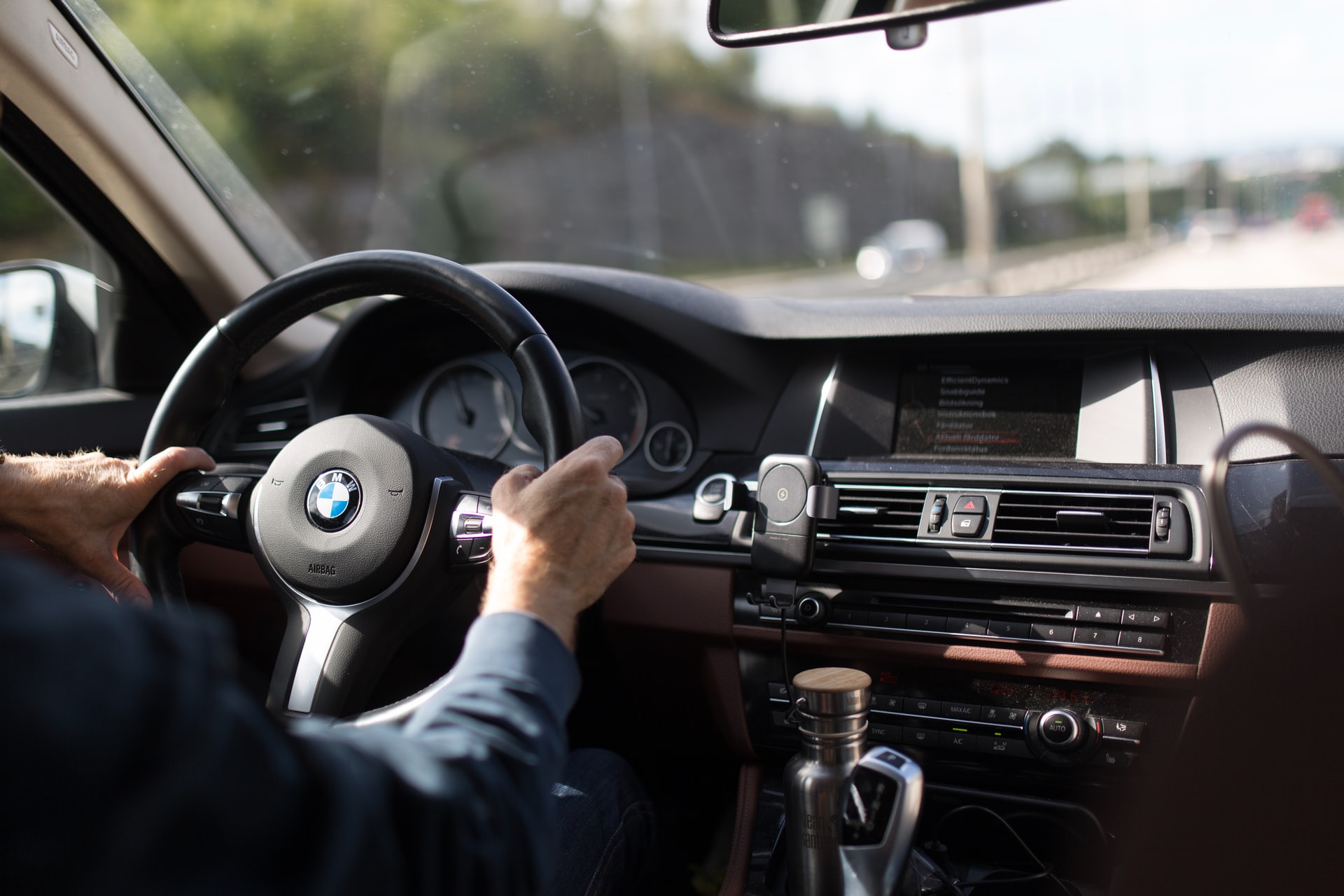 As you know, taste is not discussed, but it is difficult to omit the issue of aesthetics here. And while the interiors filled with flat, unbroken screen surfaces may enchant someone – although not me – the fingerprints that remain on them certainly do not add to their beauty and do not make a great circle of admirers.
As you know, taste is not discussed, but it is difficult to omit the issue of aesthetics here. And while the interiors filled with flat, unbroken screen surfaces may enchant someone – although not me – the fingerprints that remain on them certainly do not add to their beauty and do not make a great circle of admirers.
The only reasonable solution seems to be used in heavy transport and until recently also in passenger cars, that is… hybrid – but not the motor one, but the “steering one”. In short, where it is possible to improve and simplify operation without affecting safety and comfort while driving, a touch screen should be used, all the rest should be notified in the form of buttons, knobs and switches, additionally voice control will not hurt. In addition, some functions should be present in all types of controls – so that the driver can decide which way is the most comfortable and safest for him at the moment. Simple, right?
What can you do with the infotainment system?
These types of solutions are also used by popular car manufacturers. For example, Skoda offers the SmartLink+, which enables connection between the car and the mobile device. In this way, information from the phone screen can be displayed on the in-car infotainment monitor. This enables comfortable use of mobile applications, phone navigation or Internet radio playback while driving.
In addition, SmartLink+ is compatible with the Apple Car Play interface, Google Android Auto and MirorLink. SmartLink+ allows you to easily control your smartphone’s functions via the Infotainment system’s screen.
The solution is very helpful e.g. for music lovers, because it allows to enjoy wide access to music in the so-called streaming, e.g. through such applications as Spotify. Connecting a smartphone is very easy. This is made possible by two USB ports, so the SmartLink+ function can also be used by a passenger.
SmartLink + also includes the SmartGate function. It allows you to connect your smartphone to your car via Wi-Fi to access various data such as fuel consumption monitoring, driving dynamics or service information.
The driver can also communicate his smartphone with Skoda Connect. To do so, you need to install the Skoda Connect application on your phone, which works with the Skoda Connect portal. The Internet service can be used to configure services or set the destination from the computer.
Skoda Connect application also helps to use remote access to the car. The owner at a distance can find out if the lights are on, how much fuel is left in the tank, or if all the doors and trunk lid are closed. In turn, the location function helps to find the car in the parking lot.
Any Skoda model except Citigo can be equipped with SmartLink+. It is an integral part of such devices as Bolero radio and Amundsen and Columbus navigation systems. In case of the latter device, in which the LTE module is integrated, the car can also become a mobile hot-spot. The navigation system can also be controlled remotely: its selected functions can also be displayed on a tablet or smartphone via WiFi connection and the Media Command application.
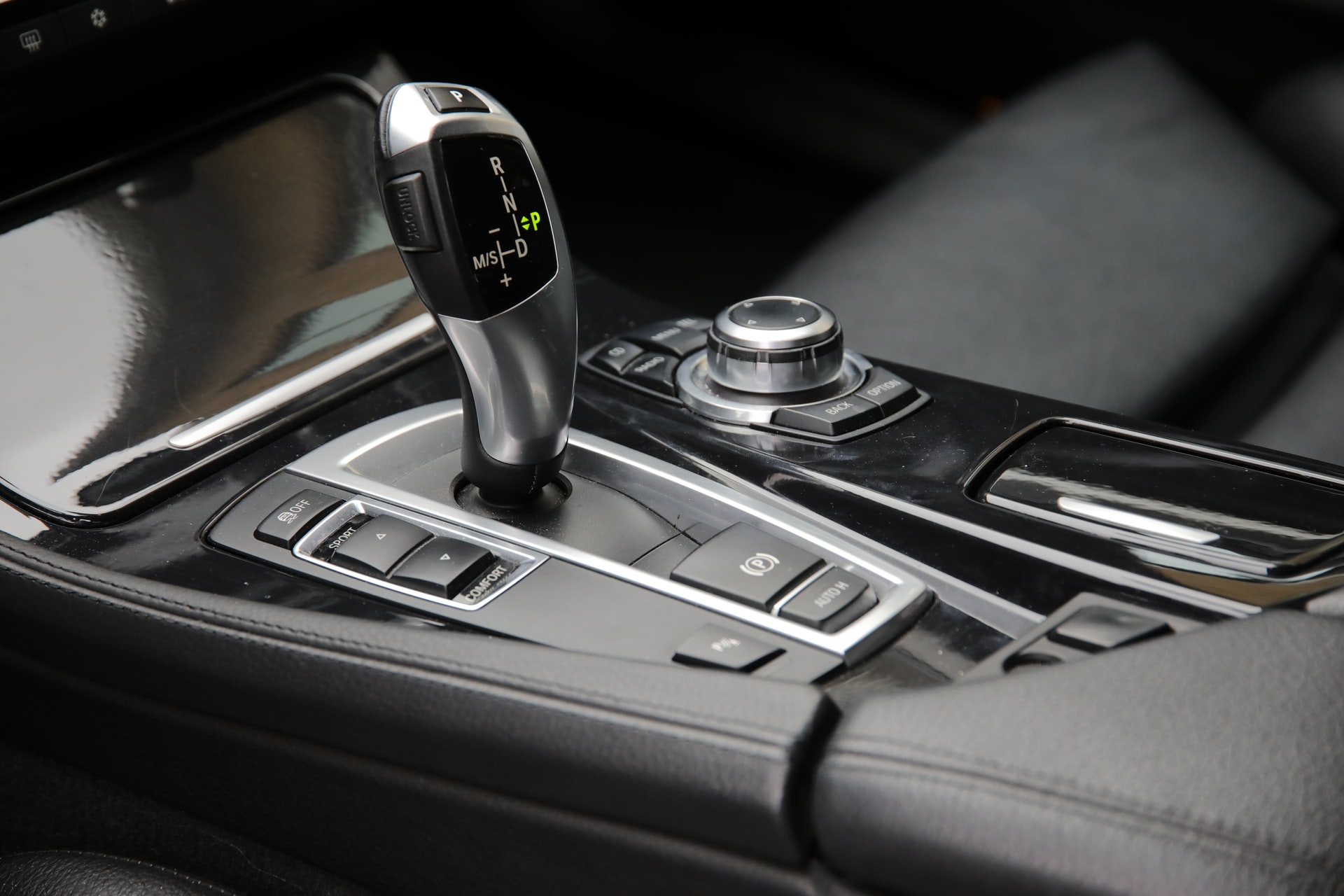 The Swedes are famous for IKEA furniture and Volvo cars. They are distinguished by design, minimalism, striving for perfectionism and making life easier. The Volvo XC90 and the S90 and V90 that are now coming on sale include a large screen and Volvo Sensus Connect infotainment system. The system brings the car closer to autonomy, but most importantly it makes everyday driving easier and more pleasant and improves driving safety.
The Swedes are famous for IKEA furniture and Volvo cars. They are distinguished by design, minimalism, striving for perfectionism and making life easier. The Volvo XC90 and the S90 and V90 that are now coming on sale include a large screen and Volvo Sensus Connect infotainment system. The system brings the car closer to autonomy, but most importantly it makes everyday driving easier and more pleasant and improves driving safety.
Volvo is a bit hidden from Sensus Connect, on the Polish website of the company the mentions about the possibilities of the system are quite laconic, and for details you have to look up to the help department. At the same time, it is very difficult to find information about which specific solution is installed in a given car model. The name Sensus also applies to other solutions present in Volvo vehicles, such as Sensus Connected Touch, which is a system based on Parrot devices together with a modified version of Android. This text describes Sensus Connect, which is available in new Volvo XC90, S90 and V90 cars. Unfortunately, in the basic version of the equipment, the system does not achieve full functionality, as it also includes various paid extras and differs in its capabilities depending on other options available in the car.
The main point of the Volvo Connect is the large, almost 10-inch touch screen display. Navigation through it is simple and resembles that of tablets. In addition, the information is also displayed on digital clocks, whose appearance can also be modified in the settings. For example, the title and cover of the song being played will be displayed there. An additional option is the Head-up-Display, i.e. an image thrown on the windshield, thanks to which the driver can see information from satellite navigation and basic driving parameters, such as the current speed without taking his eyes off the road.
Unfortunately, Volvo has practically resigned from the physical buttons, so the system is controlled through the touch screen and buttons on the steering wheel. I will honestly admit that the solution in Renault Espace, where there is also a comfortable knob, was more to my liking. Visual control on the touch screen requires longer getting used to and learning the menu layout. Noteworthy is the clarity of the menu and its appearance. Everything fits perfectly with the style of new, prestigious Volvo models.
Sensus Connect doesn’t offer too many fireworks, and the multimedia capabilities of the system are even minimized. We have access to music from various sources, Spotify, TuneIn and weather apps, which require a phone connection and sharing a network or modem. Volvo does not provide an independent SIM card as standard. A package with navigation offering up-to-date information about traffic jams is additionally paid for, and the navigation itself, although it is correct, is difficult to admire. Hints on the HUD display are its biggest plus. And since for Spotify or TuneIn we need an additional connection to the network anyway, it can also be operated from the smartphone and pass the sound on to the speakers of the car via Bluetooth.
Infotainment system therefore allows you to control not only entertainment functions, but are also “management centers” for the whole car. In the case of the Volvo Sensus, for example, it is the large touch screen on the front (which has recently become the hallmark of dashboards in Volvo cars) that is used to change the “driving characteristics” of the car. Sensus is also paired with the Volvo On Call system, which allows you to call for help (manually or automatically) in an emergency. Thus, the user can feel extremely safe in the vehicle, all the time being able to call for help or concierge service in some model variants. The highest versions of currently produced Volvo cars (Volvo S90 / V90 / XC90) are even well known for the possibility to call for comprehensive assistance using the Volvo on Call system.
But not only in such applications infotainment system is very useful. Safety systems are also extremely important, the operation of which can be viewed by means of the infotainment system components built into the car. For example, when reversing with active cameras, Volvo cars present the car’s immediate surroundings on the main touch screen, so the driver can see all the obstacles perfectly. What’s more, the car is able to brake on its own when it detects any obstacle coming from the right or left side. All this makes modern cars in general (not only vehicles from Volvo) extremely safe compared to traditionally built vehicles from a decade or two ago: even if we are talking about E class vehicles.

The future of the infotainment system – where should we go?
First of all, while observing the development of the automotive sector, it is worth paying special attention to safety. As we pointed out earlier, currently produced cars are really very safe. Much has been said about the very average durability of currently produced internal combustion engines (characterized by direct injection, small lithium and the presence of turbines), but what is an important advantage of currently offered vehicles is safety. The existence of radars, lidars, extensive safety systems and passengers and pedestrians is something that is definitely not found in older high-end cars. It is estimated that safety care will be one of the most important directions for a long time, also in the context of the infotainment system, which are very closely related to all technologies that increase road safety.
Read also: Digitization and digital transformation – what’s the difference for your business?
However, a lot is said about the fact that the automotive industry should redefine the basis for the operation of the headquarters responsible for operating the infotainment system. This is mainly about touch control, which is slowly becoming extremely controversial: do we really have to control literally all the car settings from the touch screen, which is less ergonomic for the driver while driving? Manufacturers of modern cars are beginning to notice this problem and a perfect example is the Mazda mentioned by us, which already produces extremely driver-friendly cars in this respect. It is possible that other manufacturers will also be moving in a similar direction – not removing touch screens but retrofitting them with physical buttons that will be used to control e.g. air conditioning or driving characteristics of the car.
Surely, the next few years will be spent on even better communication of cars on the road – mainly thanks to the expansion of the 5G network, which is characterized by very low transfer delays. Thus, it is possible to build a perfectly communicated fleet of vehicles, which will warn each other about the obstacles: holes in the road, accidents and other dangers.
However, in our opinion, it is very desirable that virtual assistants, who have become a very fashionable direction of the development of new technologies, should come to the cars for good. For a long time now, the voice service of cars is possible and is used by many manufacturers (Audi, Mercedes, BMW and others), but it is difficult to speak of uniformity here. Each manufacturer has its own system, and their operation is sometimes “controversial”. We dream about such solutions as Google Assistant, which are perfectly developed and, in our opinion, would fit the automotive sector perfectly. The ability to handle many of the vehicle’s functions by voice would be a great solution to the current problems with touchscreens that distract the driver while driving. Instead of looking for switches in the system menu, the driver would simply say: “Reduce the temperature of the air conditioning by 2 degrees and reduce the airflow”. – instead of breaking away from driving and causing potential danger in traffic.
You may like to read:
Key features to be considered when developing a car rental app
Different approaches to building car apps
Car safety systems – caring about us every day
Connected cars – What will the car of the future look like?
Car infotainment systems – what’s inside your car’s “brain”?
Why should companies invest in car sharing apps?
Why is software so useful in automotive?
Why automotive software development saves lives?
How Software Development Is Transforming the Future of Automotive